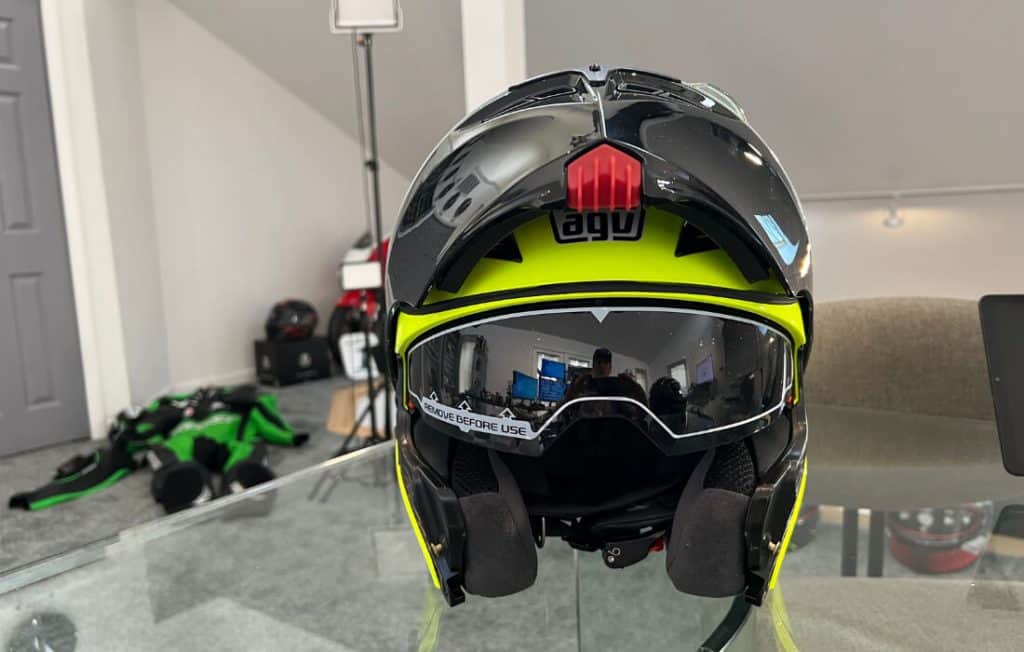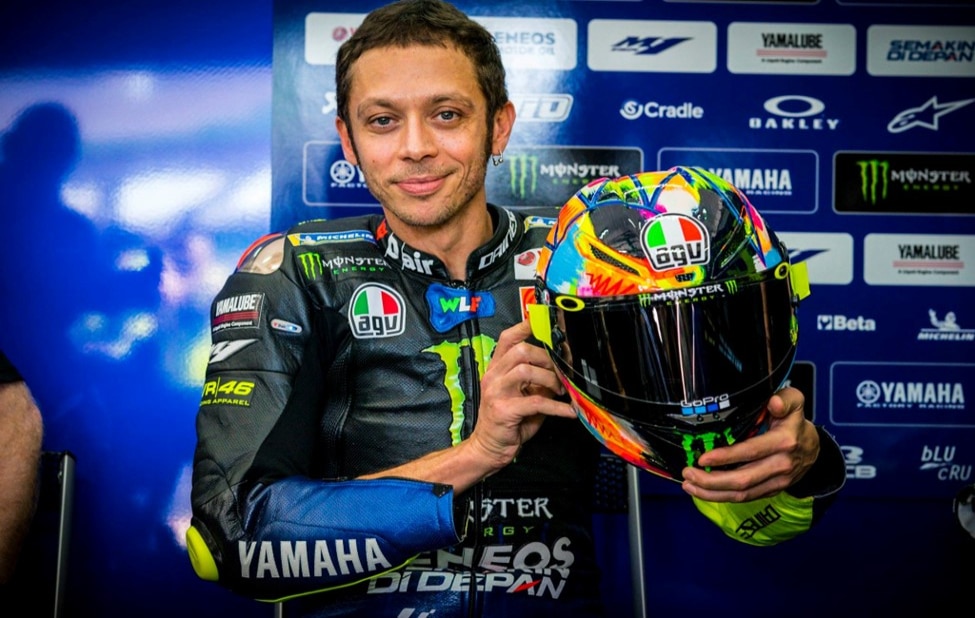Logo Design Secrets: How to Create a Lasting First Impression

Have you ever wondered what truly sets one brand apart from another?
It’s not always the product.
Not always the price.
But quite often it’s the ‘logo.’
Your logo is the face of your brand. It’s the first thing people see, and if done right, it’s the one thing they remember. Whether it’s Apple’s iconic bitten fruit or the bold red of Coca-Cola, a good logo captures attention, evokes emotion, and speaks volumes, all in just one glance.
Let’s explore the secrets behind creating a logo that leaves a lasting impression.
🔸Know the Brand First
Every brand has a story, a vibe, and a goal. Before jumping into shapes and colors, ask questions:
• What does the brand stand for?
• Who is the target audience?
• What tone should the logo carry—fun, classy, bold, mysterious?
For example, A logo for a kid’s toy store will be colorful and cheerful, while a luxury perfume brand might thrive on a minimal black-and-white design.
🔸 Keep It Simple, but Memorable
Simple logos are easier to recognize and reproduce. Think Nike. Think McDonald’s. They’re simple but unforgettable Right?
Avoid over-complicating your design with too many fonts, effects, or symbols. Instead, focus on clarity and meaningful elements.
🔸Color Psychology Matters
Colors evoke emotions:
• Red: energy, excitement (great for food or retail)
• Blue: trust, calm (perfect for finance or tech)
• Yellow: optimism, joy (kids’ brands or fun services)
• Black & White: elegance, professionalism (luxury and high-end brands)
Choose colors that align with the brand’s personality.
🔸Typography Talks
The font you choose says a lot. Playful fonts work for toy shops, but a law firm? Definitely not.
Keep typography clean, legible, and appropriate. Don’t underestimate how a well-chosen font can elevate your entire design.
🔸 Think Versatile
A good logo should look great on a business card and a billboard. It should work in color and in black-and-white.
Before finalizing a logo, test it across different sizes and mediums.
🔸 Add a Touch of Mystery (If It Fits)
Some logos aren’t obvious at first glance, and that’s what makes them special.
Take the amazon logo, for example. The arrow on Amazon’s logo not only represents a smile, conveying customer satisfaction; it also connects the ‘A’ to the ‘Z’, meaning that they sell everything from A to Z! A clever detail like that can spark curiosity and admiration.
🔸 Be Original
Avoid using generic icons or copying existing styles.
Originality is what makes your logo truly yours. Use mood boards and sketch out fresh ideas. Your design should reflect your creativity and brand values.
Logo design is not just about what looks good—it’s about what feels right for the brand. Whether it’s bold, minimalist, colorful, or funny, a logo tells a story without words. And as a graphic designer, your job is to make that story unforgettable.
Ready to create logos that leave a mark?
Learn the tools, explore the trends, and discover your creative power.
4. Superior Comfort: The Difference is in the Details

After 50-plus years of riding, I’ve learned that comfort can make or break a ride. AGV nails it in this department.
Moisture-Wicking Interiors: Stay Dry, Stay Focused
AGV uses high-quality, moisture-wicking materials for the helmet liners, so you stay dry even when you’re sweating it out on a summer day. The interior absorbs sweat and moisture quickly, and the liners are removable and washable, which is always a plus.
Custom Fit: Tailored to You
One of the features I’ve really come to appreciate is AGV’s customization options. On some models, like the Pista GP RR, you can adjust the fit with up to 17 different internal thicknesses, thanks to the exclusive 360° Adaptive Fit system.
It’s not just about a snug fit—it’s about getting a helmet that feels like it was made specifically for your head shape and riding style.
5. Materials Matter: From Carbon Fiber to Thermoplastic
AGV doesn’t cut corners when it comes to materials. They use carbon fiber in their premium helmets, like the Pista GP RR and Sportmodular, which gives you that combination of extreme strength and lightweight comfort. If you’re looking for something a little more affordable but still durable, AGV’s fiberglass helmets strike a good balance. And if you’re on a budget, their polycarbonate helmets are still a solid option, offering decent protection at a lower price point.
No matter the material, AGV ensures that all their helmets meet or exceed the top safety standards, so you’re always in good hands—or rather, on good heads.
The Legacy of AGV: A History of Innovation

AGV’s history is as rich as their innovation. Founded in 1947 by Gino Amisano, the company quickly made a name for itself by producing the first fiberglass helmet in 1954. That was a groundbreaking move in a time when most riders were still strapping on leather helmets. Fast forward a few decades, and AGV was at the forefront of racing culture, gracing the heads of legends like Giacomo Agostini and Valentino Rossi. Their helmets have become synonymous with racing success, but AGV has never been content to rest on their laurels.
One of the things I respect most about AGV is their ability to evolve with the times. From their early innovations in fiberglass to their modern-day usage of carbon fiber and Kevlar, they’ve always been ahead of the curve. They were one of the first to introduce a full-face helmet, and their approach to helmet design has influenced the entire industry. It’s not just about looking cool (though, let’s be honest, AGV helmets do have that Italian design flair)—it’s about creating helmets that push the limits of safety, comfort, and performance.
The AGV Experience: Who Are These Helmets For?
So, who are AGV helmets really for? In my experience, they cater to a wide range of riders. Whether you’re a daily commuter, a weekend warrior, or a track-day enthusiast, there’s an AGV helmet for you. Their lineup spans everything from entry-level models like the K1, which offers high-end features at a budget-friendly price, to the Pista GP RR, which is a MotoGP-spec helmet available to the general public.
If you’re into adventure riding, the AGV AX9 has you covered with its modular design, lightweight shell, and robust ventilation system. For sport touring, the K6 S strikes a perfect balance between performance and comfort, making it one of the most versatile helmets on the market. And if racing is your thing, the Pista GP RR is about as close as you can get to wearing Valentino Rossi’s helmet without being Rossi himself.
AGV vs. the Competition: How Do They Stack Up Against Shoei and Arai?
Now, it wouldn’t be a complete review if we didn’t compare AGV helmets to some of their biggest competitors—Shoei and Arai. These three brands are often considered the top-tier helmet makers in the world, but each has its own philosophy.
Shoei is known for their commitment to comfort and noise reduction. Their helmets are often a little heavier than AGV’s, but they excel in terms of fit and quietness. Arai, on the other hand, is all about safety. They have a very specific approach to helmet design, with a focus on maintaining a smooth, round shape to deflect impacts. While their helmets might not have the same aerodynamic flair as AGV’s, they’re often regarded as some of the safest out there.
AGV, however, strikes a unique balance. They offer excellent aerodynamics, superior safety, and a lightweight feel, all wrapped up in a stylish Italian design. If you’re after a helmet that performs at the highest level without sacrificing looks, AGV is hard to beat. Plus, AGV’s pricing is often more competitive, especially when you consider the high-end materials and features you’re getting.
Final Thoughts: Are AGV Helmets Good?
The short answer is yes—AGV helmets are not just good; they’re great! From their cutting-edge safety technology to their aerodynamic performance and unbeatable comfort, AGV has proven time and time again why they’re a leader in the helmet industry. Whether you’re a seasoned rider like me or just starting out, there’s an AGV helmet that’ll suit your needs.
What really distinguishes AGV for me is their relentless pursuit of innovation. They don’t just make helmets to meet safety standards—they exceed them. They think about every detail, from the visor mechanisms to the shape of the chin guard, to make sure you’re getting the best helmet possible.
If you’re in the market for a new helmet, I highly recommend giving AGV a try. Sure, you can spend more on an Arai or Shoei, but with AGV, you’re getting an incredible blend of style, performance, and safety at a price that’s often more accessible. And at the end of the day, that’s what we all want: a helmet that not only looks great but also keeps us safe while we enjoy the freedom of the open road.
So, gear up, ride safe, and I’ll see you out there—preferably in an AGV helmet!
Information for this article was partially sourced and researched from the following authoritative government, educational, corporate, and non-profit organizations:
